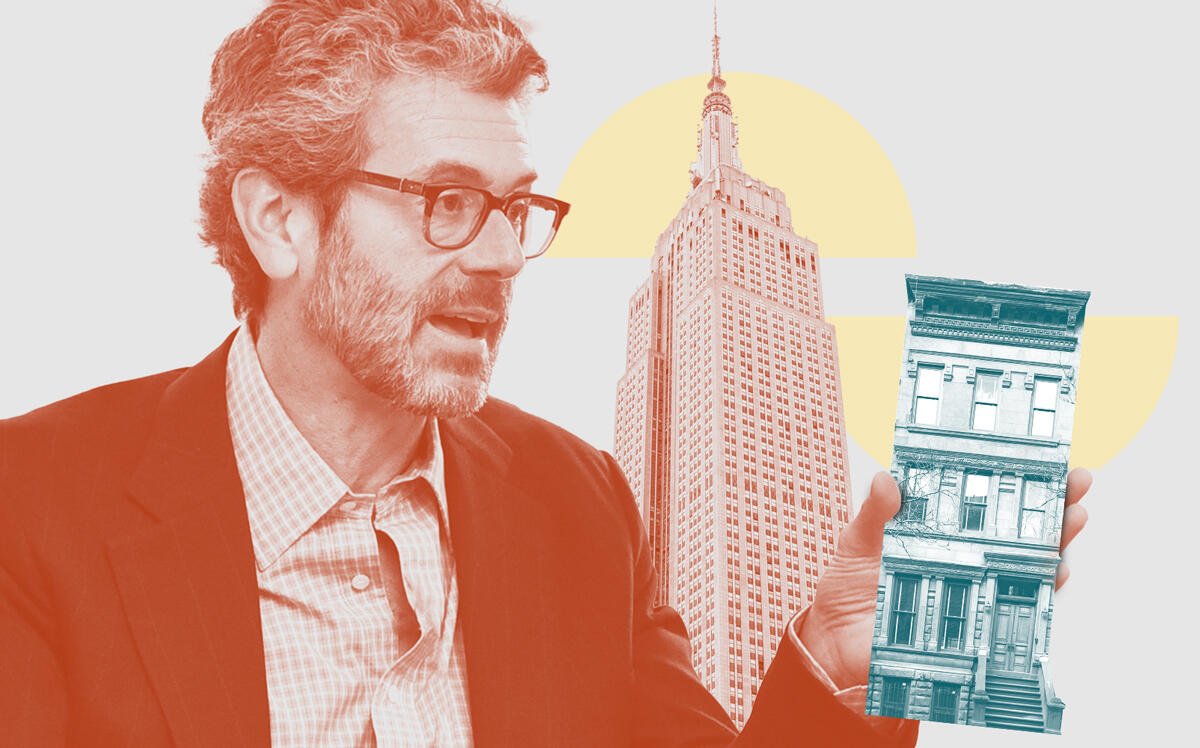 Office landlord Monday Properties makes $131M multifamily play in CT
Office landlord Monday Properties makes $131M multifamily play in CT
Trending
More multifamily deals coming, Tony Malkin says
Empire State Realty Trust’s pivot is only beginning of diversification effort

Empire State Realty Trust’s unexpected move into the apartment business, it turns out, was only the beginning of its diversification effort.
The New York office landlord is looking to add more multifamily — even more retail — to its footprint as it faces headwinds in its core sector.
“Our investment team continues actively to underwrite new office, retail and multifamily opportunities where we think we can get an edge with our local knowledge, ability to spot special opportunities, and ability to solve others’ problems with our flexible balance sheet,” CEO Tony Malkin said Thursday on an earnings call.
The REIT’s $307 million purchase last fall of two Manhattan apartment buildings, with a combined 625 units, came as a shock to many given the competitiveness of the multifamily arena and the firm’s lack of experience in it. It is competing not only with established public multifamily REITs but with private investors commanding record stockpiles of capital.
Pro-tenant regulations and sentiment in New York have made the rental market even more difficult to navigate. As Empire State Realty moved in, dominant multifamily REITs such as Equity Residential and AvalonBay were scaling down in the city and seeking better opportunities in the Sun Belt.
Empire State Realty is looking for multifamily deals where it can “add value,” including those with “some deal complexity” such as recapitalizations, CFO Christina Chiu said on Thursday’s call.
“The intention is not for these to be orphan assets,” she said, deeming its first two multifamily deals “a good start.”
Read more
 Office landlord Monday Properties makes $131M multifamily play in CT
Office landlord Monday Properties makes $131M multifamily play in CT
 Exit interview: What’s next for Rudin’s former tech chief John Gilbert
Exit interview: What’s next for Rudin’s former tech chief John Gilbert
“We’d like to do more,” Chiu said. “The fundamentals are great. However, we won’t force anything. We will look for the right opportunities.”
Retail rents, while improving, might never return to previous levels. New York’s high-end corridors are lagging the broader retail recovery, Steve Roth, CEO of Vornado Realty Trust, said on an earnings call this week. The New York office-focused landlord has been trimming its retail footprint in recent years.
Empire State Realty Trust’s retail space was 91 percent occupied at the end of the year, down from 93 percent at the end of 2020.
New York’s office market, meanwhile, is still struggling to regain its footing. Empire State Realty’s office portfolio was 85 percent leased at the end of 2021, down from 87 percent a year ago.
Office tenants are leasing space again, but occupancy remains low as tenants explore hybrid employment models that involve remote work. Throughout the pandemic, office landlords have described a “flight to quality” that has benefited primarily “trophy” properties. To attract and retain tenants, office space has to be hyper-modern, with amenities and health and safety features, they say.
Empire State Realty executives on the earnings call framed the company as a beneficiary of the trend even though its portfolio, which includes the 91-year-old Empire State Building, skews toward the value side. Headlines have misrepresented the flight to quality as a purely class A phenomenon, Malkin said.
“There’s a myopic and problematic view of what’s happened — and happening — in transactions today,” Malkin said. “There are a tremendous number of deals that have cleared the market, that are not the bright, shiny pennies.”
Empire State Realty Trust’s stock closed higher Thursday after it reported earnings and revenue ahead of analyst estimates. At $9.66, the stock today trades at more than 25 percent below its $13 IPO price in 2013.
Traffic at the Empire State Building observatory, a key revenue driver, was up significantly in the fourth quarter despite increasing competition from SL Green’s The Summit at One Vanderbilt and KKR’s Edge at 30 Hudson Yards. The observatory had 360,000 visitors in the fourth quarter, up from 255,000 in the third, and from 55,000 a year ago.




